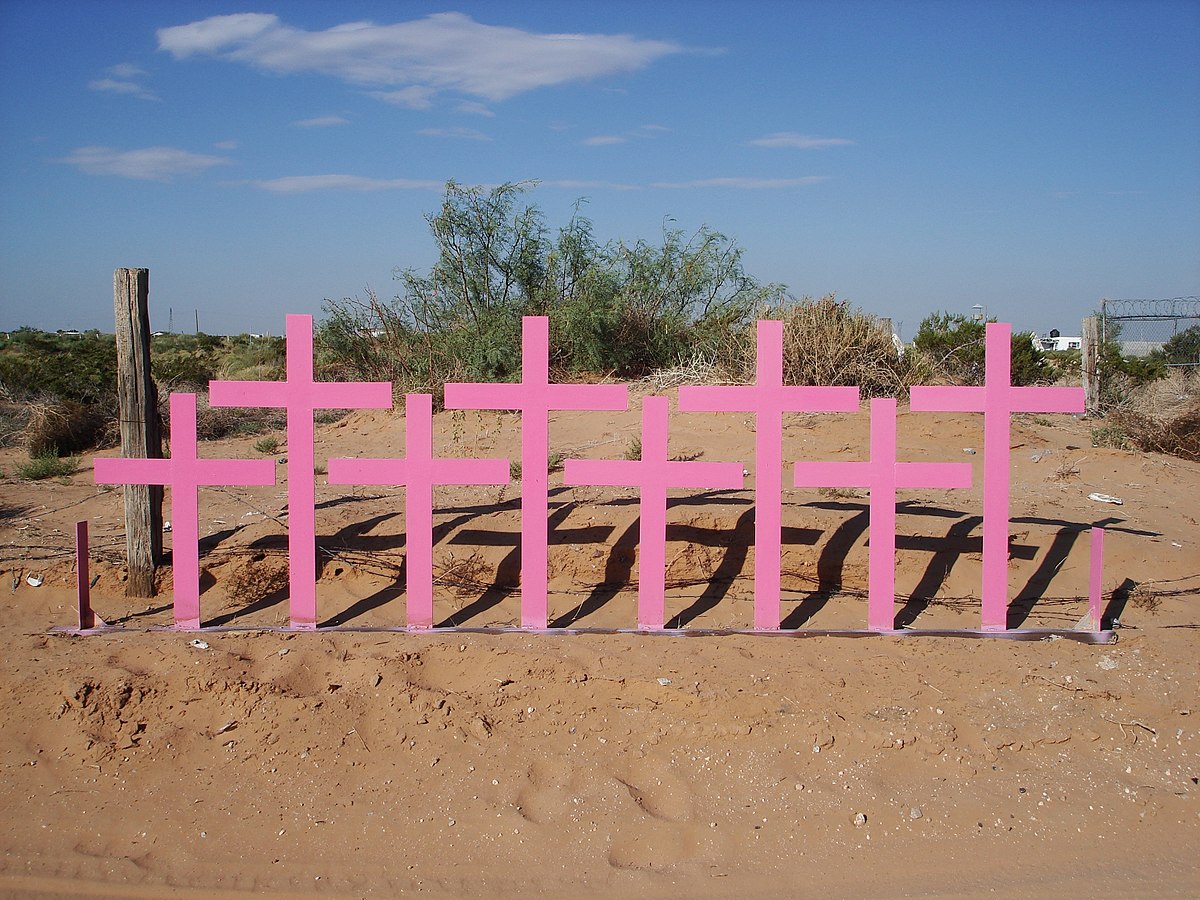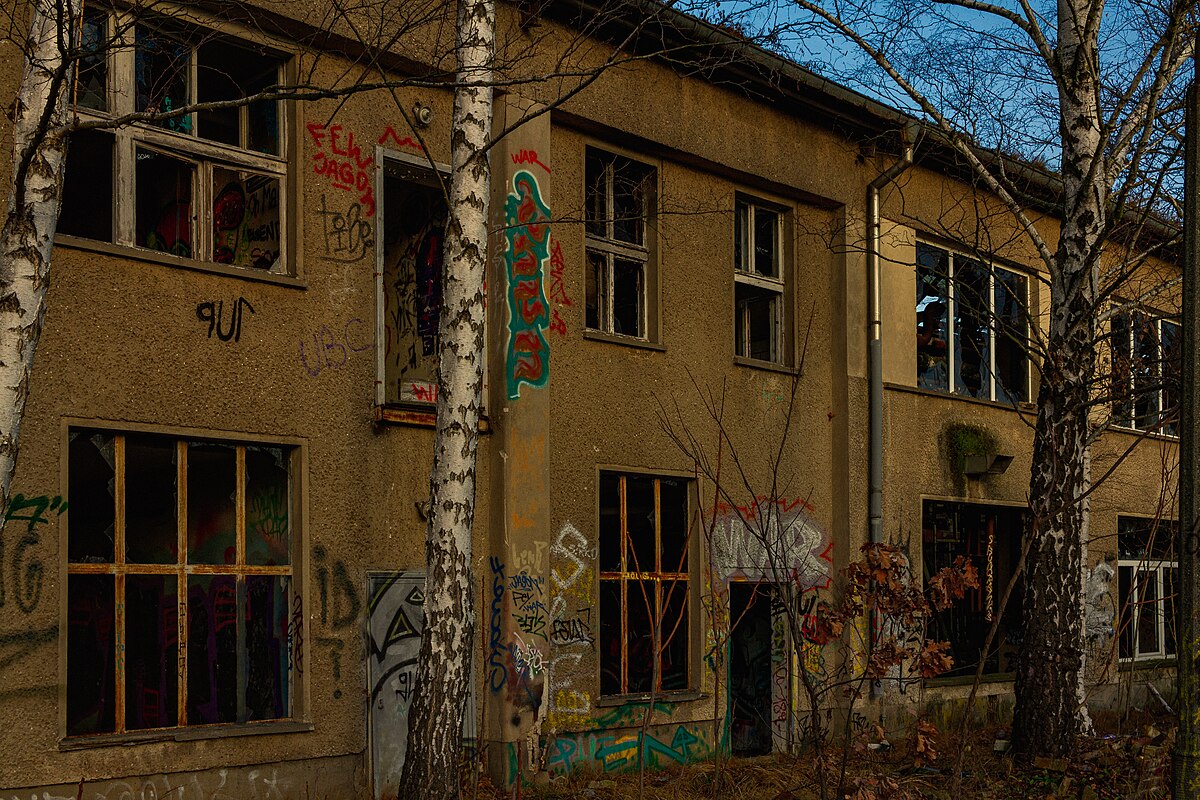
Imagine an average two-bedroom apartment. Now imagine that space housing over 100 residents who share only two sinks, two toilets, and 80 bunks — without mattresses. Finally, imagine 32 such units spread out over 410 acres of land. This is the reality for 40,000 inmates headed to El Salvador’s new mega-prison, which is designed to hold 100 inmates in 1,075 feet of space. Touted by El Salvador’s President Bukele as the “largest jail in the Americas,” the new facility is designed to sequester MS-13 and Barrio-18 gang members from the general population. These mass incarcerations allow us to examine aspects of crime, an offense in violation of public law, and consider containment theory, various social controls that provide a protective barrier to help resist engaging in deviant and criminal behavior.
Originating in Los Angeles, factions of MS-13 and Barrio 18 can be found in Guatemala, Honduras, Mexico, Canada, and Italy. Not only are these two of the most violent gangs in the world, but they are also rivals. At the height of their violence in 2015, the homicide rate in El Salvador was an astonishing 105 per 100,000 in a country with a population of only 6.3 million. To put that into perspective, the homicide rate in the U.S. at that time was five per 100,000. While one might assume that the violation of norms or deviance these groups engage in consists of basic index crime, eight forms of criminal behavior used by the FBI to create the Uniform Crime Report, the truth is that these groups also engage in transnational crime, a crime that crosses interstate or international borders. In 2021, 14 of the top MS-13 leaders were even charged by U.S. authorities with acts of terrorism, the use of violence or the threat of violence to influence the political process.

Attempts to combat the gangs have been ongoing for decades, but sometimes, the gangs themselves adopt the technology originally intended to monitor them. For example, MS-13 in Honduras has used video street surveillance technology to monitor the actions and behaviors of others. Like the authorities in any large city use closed-circuit television (CCTV) to watch roads and subway lines, MS-13 has been using the same kinds of technology to control the people and events in their territory.
The efforts to round up and isolate gang members in El Salvador involve formal social control by groups and organizations whose specific function is to control the behavior of members of societies and reinforce social norms. The groups that make up this formal social control include the courts, government agencies, the police, and security at the mega-prison. In combination, their goal is to ensure the gang members don’t engage in other deviant and criminal behavior.
Interestingly, only 600 troops and 250 police officers have been tasked with controlling the criminal population of 40,000 in the mega-prison. Truth be told, the facility will probably house more than that, given that 64,000 people have been arrested in the latest police crackdown. La Esperanza, formerly El Salvador’s largest prison, has a capacity of 10,000 but ended up housing 33,000 people. With the prisoner-to-security ratio being so skewed, one can assume that forms of informal social control will emerge. This involves individuals and groups that unofficially reinforce social norms. Examples can be found in other “self-governing prisons” in various Latin American countries. For example, in Brazil, one prison has five guards for 4,000 inmates. In these instances, the prisoner hierarchy sets the norms, values, and behaviors of the institution, creating and enforcing the rules for their society.

To rid the country of its gang problem, President Bukele’s government has even enacted emergency measures allowing the police to arrest without a warrant and suspended prisoners’ rights to a lawyer. Not surprisingly, human rights groups have raised red flags about Bukele’s approach to dealing with the gangs. They fear that the “round up and throw away the key” approach will compromise the country’s criminal justice system, formal institutions designed to enforce, arbitrate, and carry out the laws of the society. Additionally, there is concern that these measures will result in differential justice, differences in how groups are treated in the criminal justice system. Even worse, it could mean no justice at all.
One must examine all sides when considering this approach to dealing with the pervasive issue of gang violence in society. In the end, we are left with three questions. One, is it enough to simply contain large segments of the population indefinitely? Two, is the well-being of society overall more important than the experience of specific segments? And three, can society do better than this?
Thompson is a co-owner of UITAC Publishing. UITAC’s mission is to provide high-quality, affordable, and socially responsible online course materials.
Images used in this blog:
- “Pandillero 02” by La Prensa Gráfica is licensed under CC BY 3.0. This image has not been altered.
- “El Salvador in its region” by TUBS is licensed under CC BY-SA 3.0. This image has not been altered.
- “Nayib Bukele Traspaso de Mando” by PresidenciaSV is licensed under CC BY-SA 4.0. This image has not been altered.




